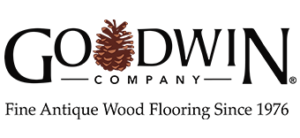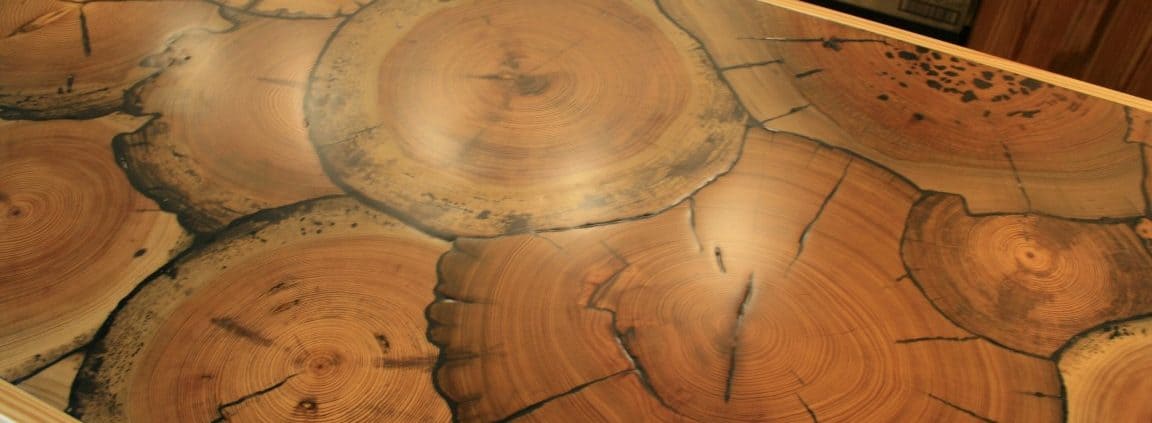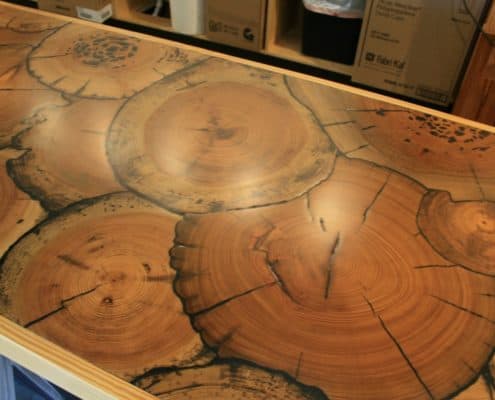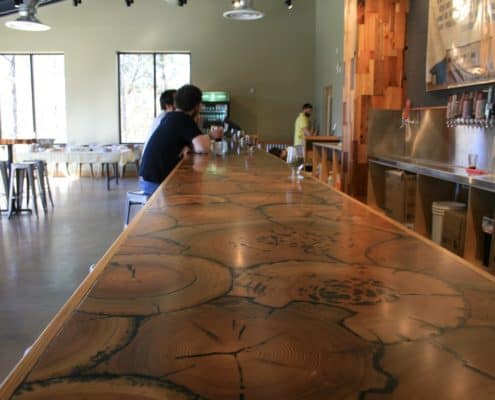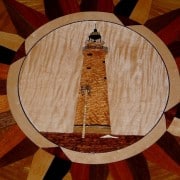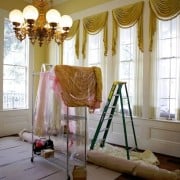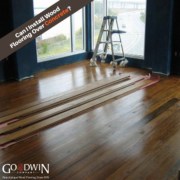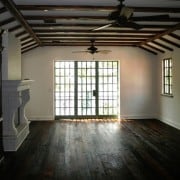Naturally Modern
If you’re the mom who had the fewest hours of sleep this week, the employee working the longest shift, or are the business person with the craziest schedule, you’ve won the silent contest nagging all of us. It seems that somewhere along the way, we’ve started glorifying busyness. If we could take an honest look at our lives, I think we could agree this cycle is pointless. As a result of trying to cope with this constant state of exhaustion, we have turned towards modern design in our space. Its simplicity and functionality seems to appeal to the hectic lifestyles we have created for ourselves.
Simplicity.
When you hear the words modern design, images of steel pipes, concrete structures, open spaces, and smooth surfaces may come to mind. Maybe you pictured a geometric chair in an otherwise relatively vacant space.
But modern design is much more than these extreme images—it strives to seamlessly transition the simplicity of nature into man-built space. Without explicitly natural elements, these spaces seem to fall short. Wood tends to get forgotten in modern design, dismissed as traditional or stuffy. But the simplicity of wood is innate and timeless. It stands alone, bringing the simplicity of nature to any modern space.
Functionality.
What does it do? Because wood is innately simple and beautiful, it has the ability to perform both functionally and artistically in a space. Whether its edges are left rough as a tabletop or sanded smooth for flooring or paneling, wood is a diverse material that lends itself to a variety of applications. Without the use of wood, modern design is vulnerable to creating useful spaces that are unlivable. But wood brings a certain kind of softness, as Kinfolk’s Tina Minami Dhingra described, without forfeiting beauty, function, or simplicity.[1]
Goodwin’s wood bar top at Swamp Head brewery in Gainesville, Florida shows the practicality and beauty of heart wood in modern spaces. The unique cuts of the wood bring an artistic yet functional appeal to the brewery, warming up the space making it a more conversational and livable environment. This natural element is at home even among more traditional modern materials like the metal stools and concrete floors—proving the products versatility, integrating interior and exterior space while exemplifying responsible use of nature’s resources and bringing beauty to a space through a material once thought lost.[1]
…………………………………………….

Lauren Corley is a guest author for Goodwin and is a senior in the Innovation Academy at the University of Florida studying Sustainability in the Built Environment with a minor in Innovation. She began her involvement with Goodwin at the 2015 Greenbuild conference in Washington D.C. She is from the Panhandle of Florida and gained an interest for sustainability and its use in space as a high school student. Since moving to Gainesville she has interned for the Repurpose Project as well as the Alachua County Public Schools under the Energy Conservation Specialist.
Sources: Sparke, Penny. “The Modern Interior Revisited.” Journal of Interior Design 34.1 (2008): V-Xii. Web.
[1] “THE KINFOLK HOME TOURS: THE SELF-MADE MODERNIST – Kinfolk.” Kinfolk. N.p., 2014. Web. 19 Aug. 2016.
